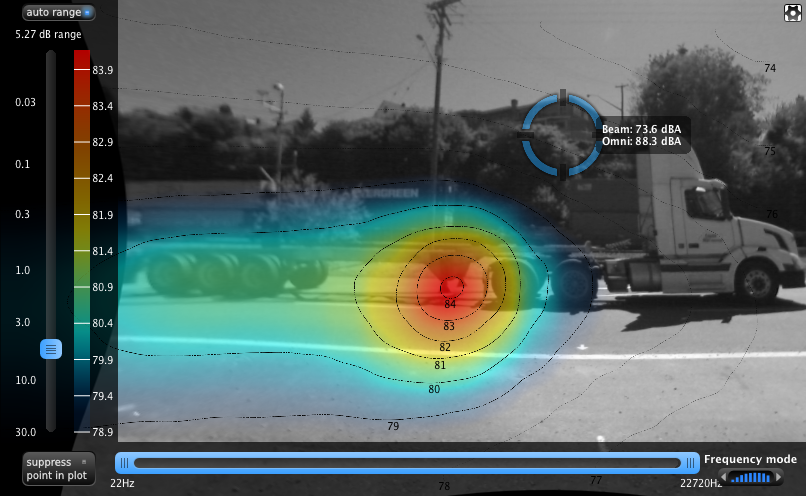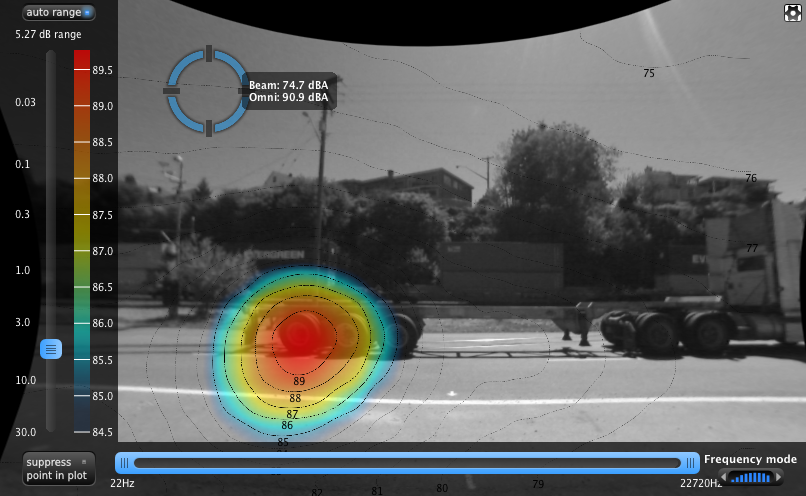
Case Study: Vancouver Fraser Port Authority Rail and Road Noise Mitigation Assessments
About This Project
A port can be a noisy place: Ships come and go. Terminals bustle with activity. Trains and trucks arrive and depart, load and unload. At Port of Vancouver, Canada’s largest, noise can occur at all hours. Even the wee ones.
Aiming to limit port-related noise impacts on nearby communities, the Vancouver Fraser Port Authority has endeavoured, through its ongoing noise management programs, to identify the many noise sources connected to the Port and understand how that noise affects neighbouring homes and businesses. BKL has worked with the Port on several noise projects, including this detailed study of rail and road traffic noise sources, which started in September 2014.
Scope of services
The Port asked BKL to monitor noise in the community and analyze results to distinguish between Port-related rail and road traffic and other noises. BKL conducted highly detailed two- to seven-day community noise studies to review a variety of different noise sources: rail passbys, rail squeals, train whistles, railcars shunting, locomotives idling, road traffic, trucks and trailers clanging, and other sources. BKL charted how each noise contributed to the overall noise environment during daytime, evening, and nighttime hours.
In order to provide further detail, BKL undertook a controlled study of truck and trailer noise, taking measurements at different speeds and with different types of trailers to accurately assess the various sounds made by heavy truck passbys. For this component, BKL deployed an acoustic camera with an array of 256 microphones. Using the acoustic camera, BKL deconstructed the sounds of passing heavy trucks and quantified the contributions of discrete noise sources. Examples include engine and exhaust noises, the sound of tires rolling on pavement, and clanging parts on trailers. These results were visualized in the time domain using videos of sound contours overlaying the truck passby events.
This data was worked into BKL’s 3-D noise model, which the acoustical team used to explore potential noise control options and specifications for the different noise sources.

Project benefits
Underpinning its analysis with the most detailed data possible, BKL developed specific mitigation options, including ballpark costs, for the noise sources assessed in the study: idling locomotives, rail whistles, railcars passing, squealing, and shunting. With the added information provided by the acoustic camera, BKL delivered pinpoint accurate data on noise from truck tires, engines, and exhausts, as well as trucks and trailers clanging.
Of equivalent importance was how BKL communicated the results of its measurements and analysis. By using intuitive charts, images, and videos, BKL gave the Port a clear picture of how the various sources were contributing to community noise, and whether the different noise control measures being contemplated would be able to provide noticeable changes to noise levels. This eliminated the risk of spending money on measures that wouldn’t benefit neighbouring communities.

Project Name:
Vancouver Fraser Port Authority Rail and Road Noise Mitigation Assessments
Project Duration:
Sept. 2014 to Oct. 2015

